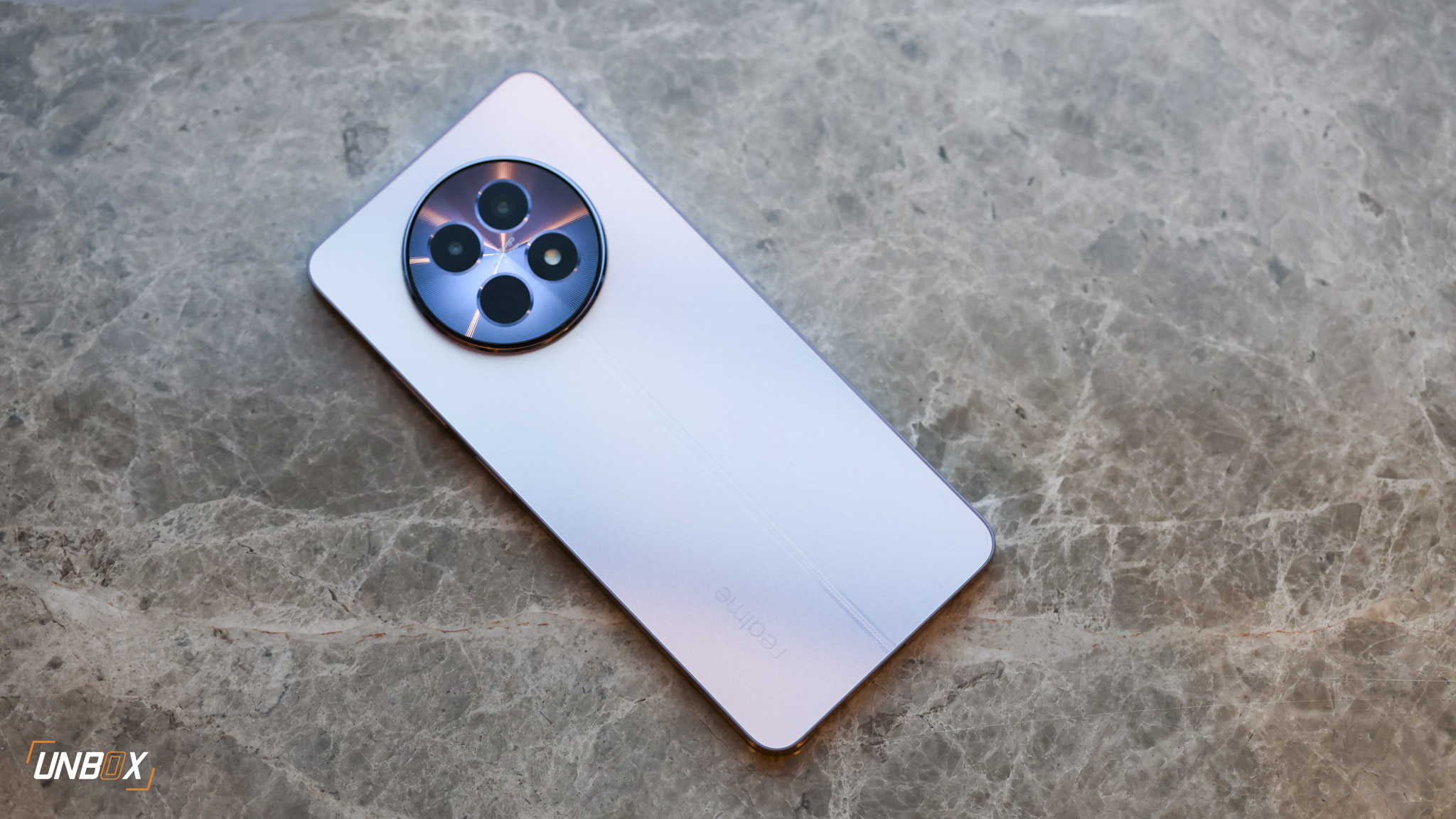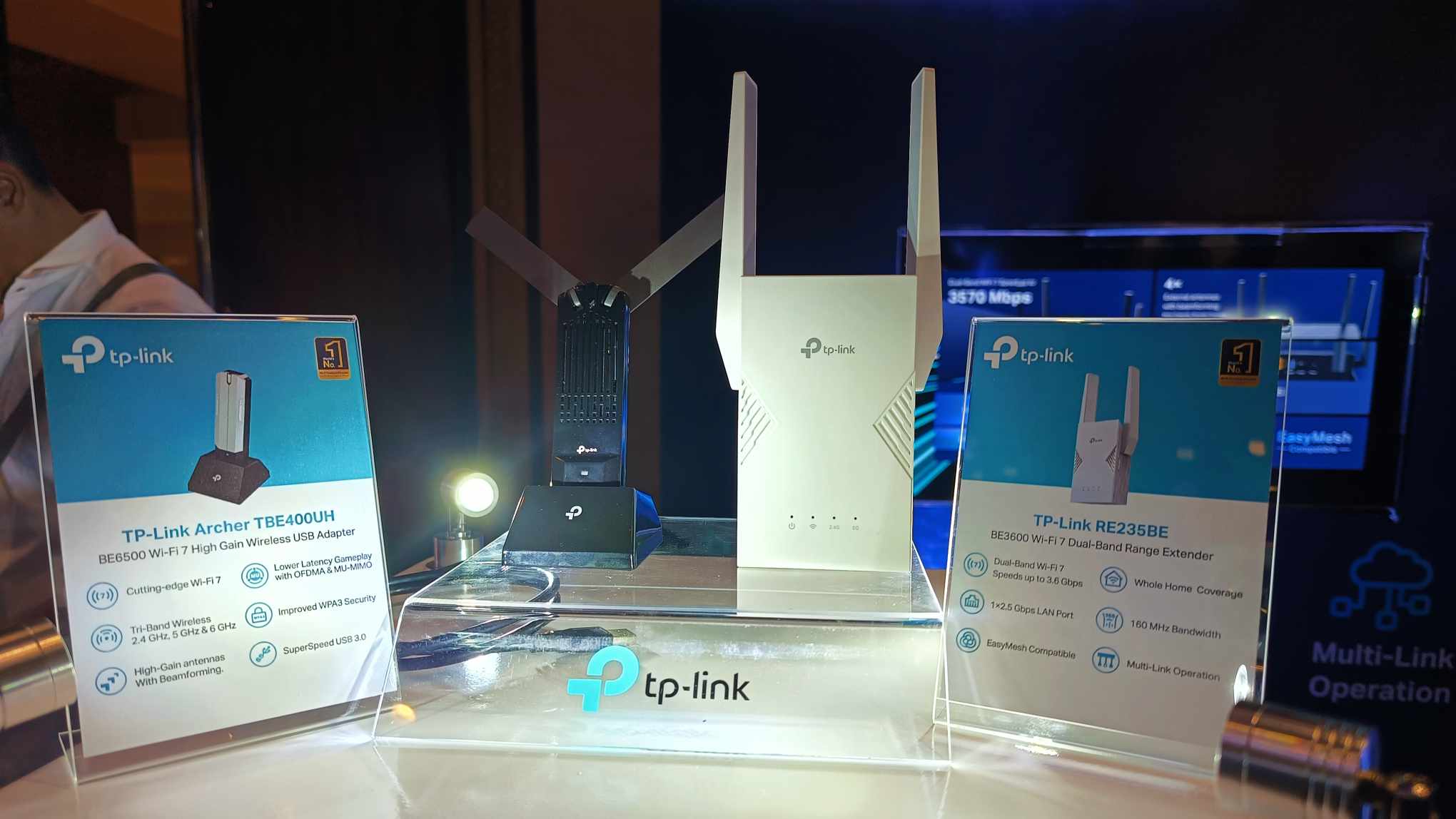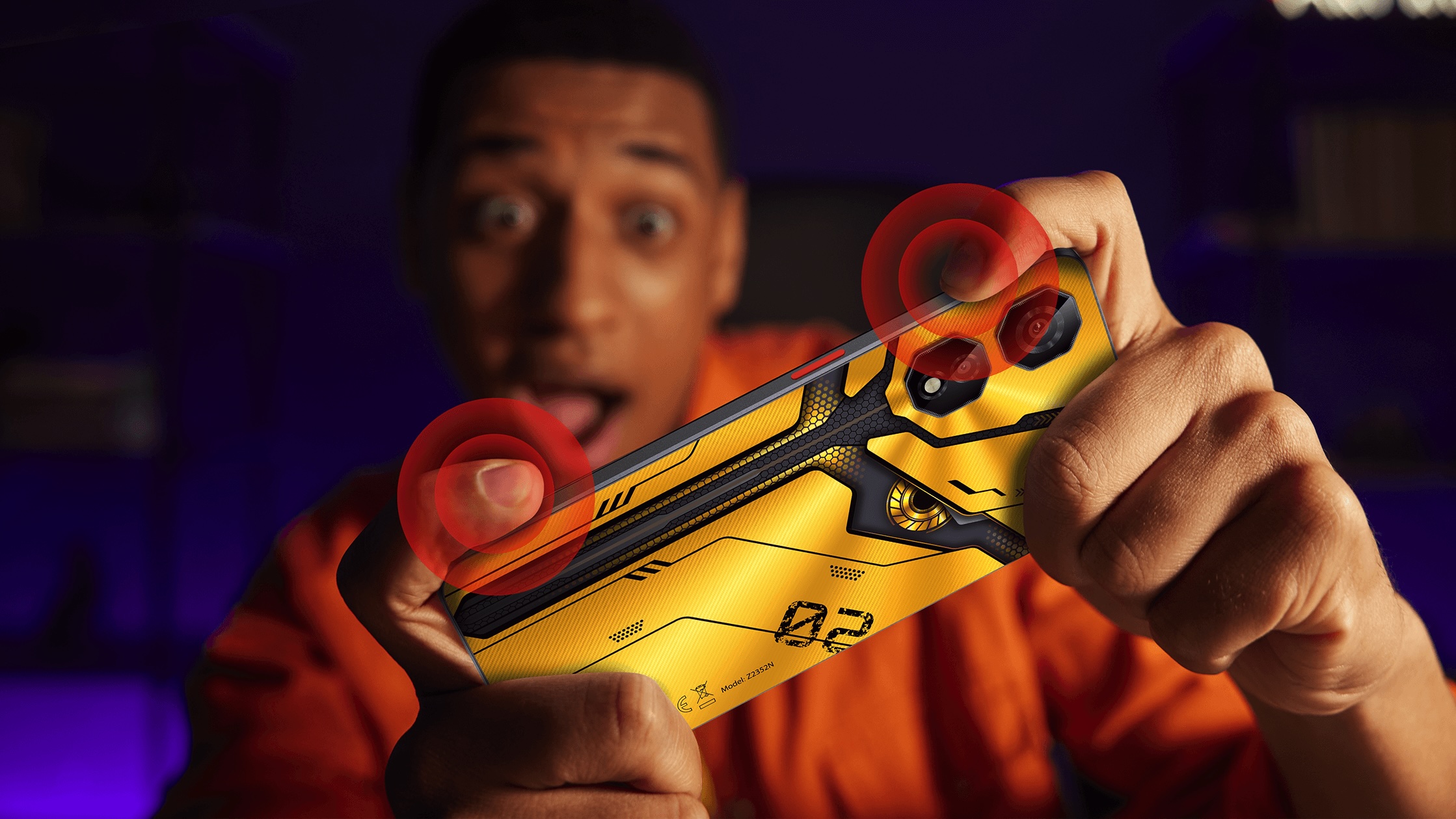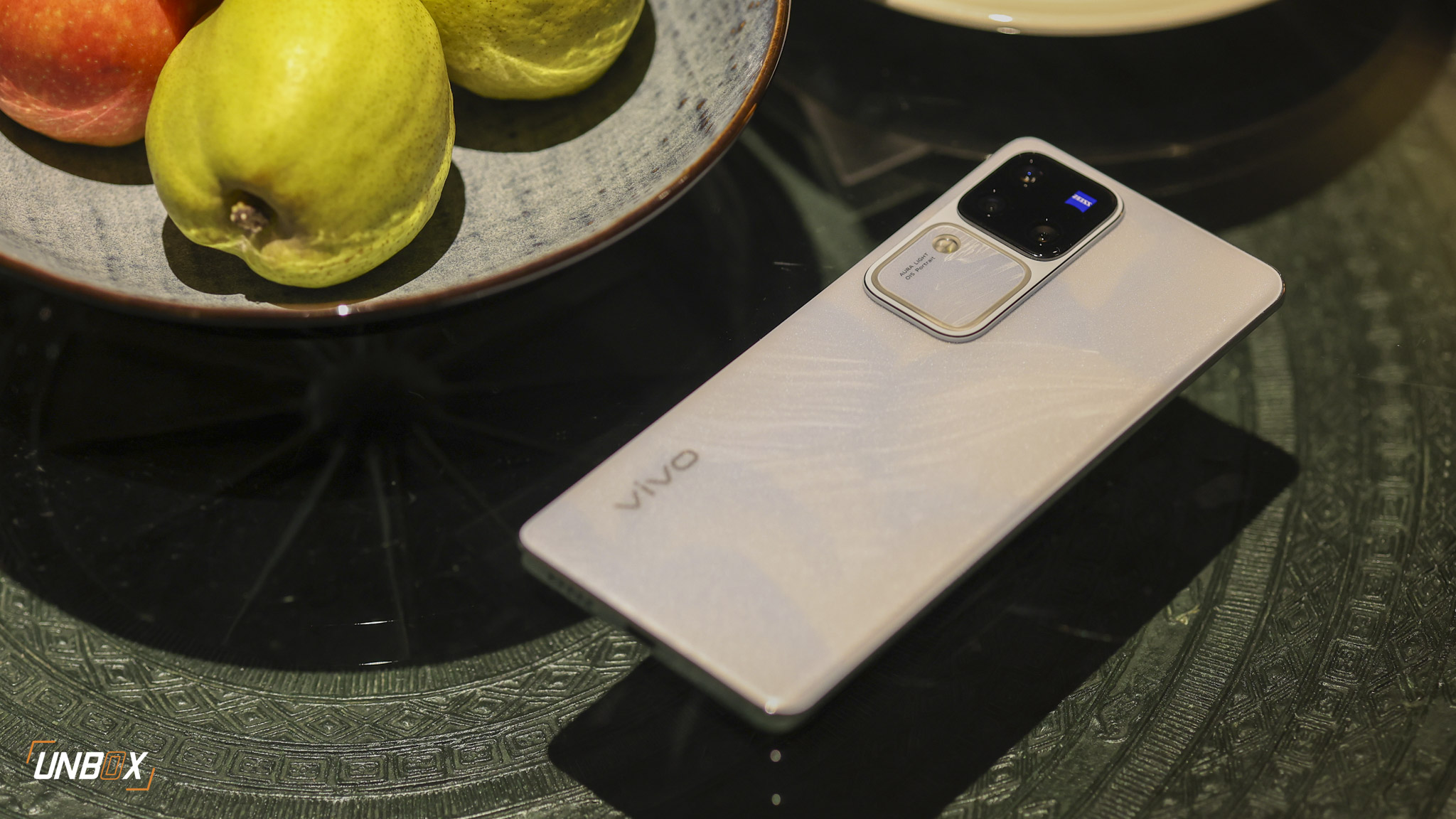We go hands-on with the new A7 III!
After launching the A7R III, it is the A7’s turn to be upgraded to a third generation iteration. Just like the A7R III, the A7 III inherits some features of the flagship A9 while maintaining its reputation as the “entry level” of the A7 family. We got a chance to try out Sony’s newest full-frame mirrorless camera at the launch in Riverside Studios. To sum things up, it’s an improvement over the A7 II.

Initial impressions: Same design like its predecessor, but with better features
Comparing it to the A7 II, the A7 III has almost the same design as its predecessor. From the ergonomic grip, weather sealing, to the button layout, the A7 III retains the same design DNA of the entire A7 line. One of the major improvements of the A7 III is a new battery pack in the form of the NP-FZ100.

This is the same battery used by the A9 and A7R III, and Sony claims it gives up to 2.2 times more battery life (specifically, around 710 shots on a full charge) compared to the A7 II’s NP-FW50 battery. It is a much-awaited update, as battery life has been one of the biggest criticisms about the A7.

Like the A7R III, you have two SDXC card slots on the camera’s right side. One of the slots support UHS-II, which is crucial for video recording.

On the left side, you have your usual ports that include a microphone jack, headphone jack, mini-HDMI port, USB Type-C port, and an AV multiport. Also noteworthy is the Carl Zeiss T* sign on the side of the electronic viewfinder, sharing the same viewfinder with the A7R III.

You also get a tiltable 3-inch touchscreen display and an electronic viewfinder just like its other A7 siblings. A notable change in the A7 III is the joystick controller, which makes selection of autofocus points easier.

One of the big changes in the A7 III lies in its internals. You get a new 24-megapixel Exmor R sensor that has a front-end LSI chip. This component helps the A7 III process images up to 1.8x faster than the A7 II. In addition, the new sensor gives the A7 III a maximum ISO range of 51200, and up to ISO 204800 for still images. You also get 5-axis image stabilization on the A7 III as well.

Aside from the image processing upgrade, the A7 III has a bigger buffer as it can shoot continuously at 10 FPS. It also comes with a new autofocus system consisting of 425 contrast AF points that work with a 693-point focal-plane phase-detection AF system. Sony claims that the A7 III can focus up to 2X faster than the A7 II.

Just like the A7R III, the A7 III can now shoot at 4K at 24/25 FPS, along with Full HD at 120 FPS. It also comes with HLG (Hybrid Log-Gamma), S-Log2 and S-Log3 color grading options, making it suitable for those who want to process their videos further.

Here are a few photos we shot using the A7 III in the short time we got to use it. All photos are shot using the FE 28-70mm 3.5-5.6 OSS lens:
The A7 III retails for Php 115,999 for the body only, and Php 129,999 with the FE 28-70mm f/3.5-5.6 OSS lens.
Sony Xperia XA2 Ultra Quick Review: Two Selfie Cams, Familiar Form Factor









































































